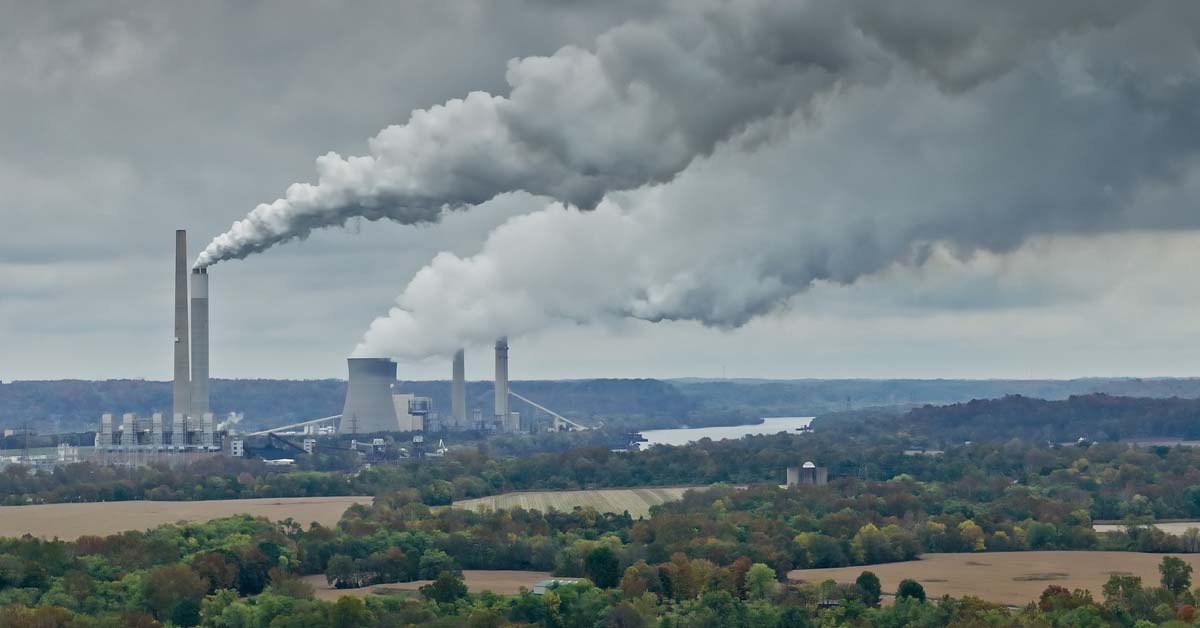The National Academies of Sciences, Engineering, and Medicine this month published a comprehensive review concluding that evidence linking greenhouse-gas emissions to worsening U.S. climate impacts and attendant public-health and welfare harms is robust and “beyond scientific dispute,” a finding that has re-energized scientific and policy debates because it directly rebuts attempts to downplay or rescind
The National Academies of Sciences, Engineering, and Medicine this month published a comprehensive review concluding that evidence linking greenhouse-gas emissions to worsening U.S. climate impacts and attendant public-health and welfare harms is robust and “beyond scientific dispute,” a finding that has re-energized scientific and policy debates because it directly rebuts attempts to downplay or rescind the regulatory underpinnings of U.S. climate policy; the 135-page review catalogues how warming has intensified heatwaves, wildfire seasons, flooding, and air-quality hazards and stresses that these trends are already affecting vulnerable populations including older adults who face elevated risk from heat, respiratory disease, and displacement thereby framing climate as an urgent public-health as well as environmental issue.

The Academies’ report was issued in the context of recent federal actions and reports that some critics argued understated current climate risks, and it has been cited by environmental and health advocates as authoritative evidence supporting continued regulatory protections; meanwhile the release has predictably sparked political pushback from officials who prioritize different policy framings, making this an immediate touchstone in pending legal and administrative disputes over the EPA’s authority and the future of U.S. emissions regulation. For readers who track how science informs governance, the report is notable not only for the clarity of its evidence synthesis but also for its timing: it arrives ahead of key policy decisions and court challenges that will use scientific findings as central evidence, and that dynamic will determine whether the report’s conclusions translate into renewed regulatory action or remain contested within political channels.

















Leave a Comment
Your email address will not be published. Required fields are marked with *